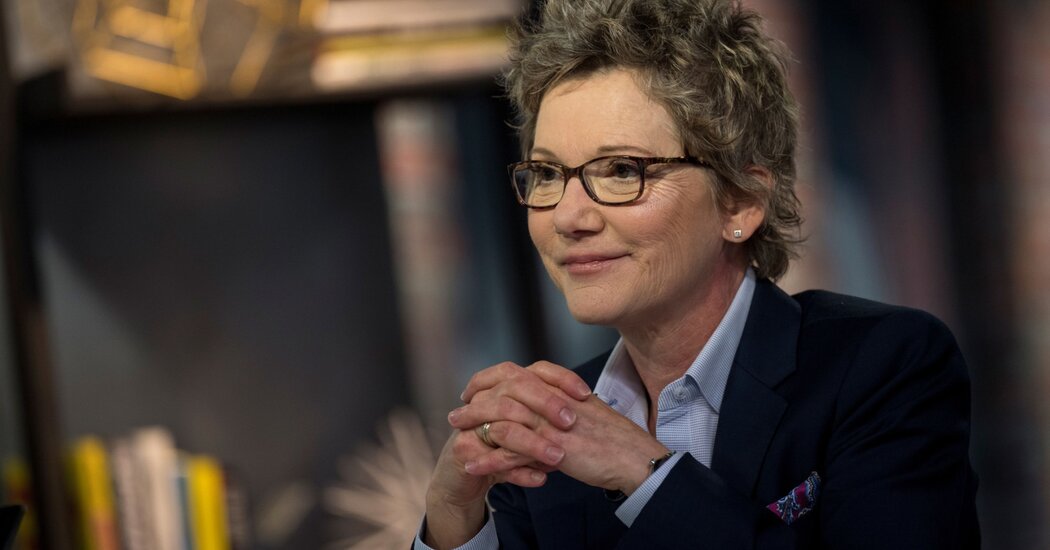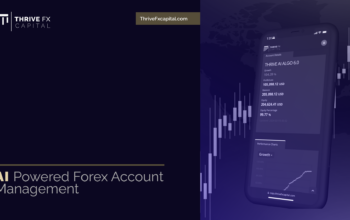
SAN FRANCISCO — Mary C. Daly was in line behind a woman in her neighborhood Walgreens in Oakland, Calif., this fall when she witnessed an upsetting consequence of inflation. The shopper, who was older, was shuffling uncomfortably as the clerk rang up her items.
“She starts ruffling in her pockets, and in her purse,” Ms. Daly said in an interview. “And she says: This is a lot more expensive than it usually is. I buy these things — these are my monthly purchases.”
The woman had to put something back — she chose potato chips — because she couldn’t afford everything in her basket.
It would have been sobering to watch for anyone, but the moment hit especially hard for Ms. Daly, who is president of the Federal Reserve Bank of San Francisco. As one of the Fed’s 18 top officials, she is one of the people who sets economic policy to help to ensure a strong job market and to keep prices for goods and services stable.
Like many of her colleagues, Ms. Daly initially expected inflation to fade relatively quickly in 2021 as the economy reopened and got back to normal. But continued waves of virus that have interrupted and complicated the recovery and increasingly broad price increases have made central bankers nervous that rapid inflation and pandemic-caused labor shortages might linger.
Those risks have prompted the Fed to speed up its plans to pull back policies meant to stimulate the economy. Officials had previously suggested that they would keep interest rates low for a long time to allow more people who lost or quit their jobs during the pandemic to return to the job market. But in recent weeks, they announced a plan to more rapidly scale back their other main policy to boost the economy — large-scale bond purchases that have kept long-term borrowing costs low and kept money flowing around the financial system. Concluding that program promptly could put them in position to raise interest rates as soon as March.
Ms. Daly, who spoke to The New York Times in two interviews in November and December, has shifted her tone particularly dramatically in recent weeks. How she came to change her mind highlights how policymakers have been caught off guard by the persistence of high inflation and are now struggling to strike the right balance between addressing it while not harming the labor market.
As recently as mid-November, she had argued that the Fed should be patient in removing its support, avoiding an overreaction to inflation that might prove temporary and risk unnecessarily slowing the recovery of the labor market. But incoming data have confirmed that employers are still struggling to hire even as consumer prices are rising at the fastest clip in nearly 40 years. Rising rents and tangled supply chains could continue to push up inflation. And she’s running into more people like that woman in Walgreens.
“My community members are telling me they’re worried about inflation,” Ms. Daly said last week. “What influenced me quite a lot was recognizing that the very communities we’re trying to serve when we talk about people sidelined” from the labor market “are the very communities that are paying the largest toll of rising food prices, transportation prices and housing prices.”
Ms. Daly said she supported ending bond buying quickly so that officials were in a position to begin raising interest rates. A higher Fed policy rate would percolate through the economy, lifting the costs of mortgages, car loans and even credit cards and cooling off consumer and business demand. That would eventually tamp down inflation, while also likely slowing job growth.
Ms. Daly said it was too early to know when the first rate increase would be warranted, but suggested she could be open to having the Fed begin raising rates as soon as March.
“I’m comfortable with saying that I expect us to need to raise rates next year,” Ms. Daly said last week. “But exactly how many will it be — two or three — and when will that be — March, June, or in the fall? For me it’s just too early to know, and I don’t see the advantage of a declaration.”
Many investors and economists now expect the Fed to lift rates from their current near-zero level in March, and Christopher Waller, a Fed governor, suggested last week that he could support a move then.
That higher rates could be coming so soon is a big change from what officials were signaling — and what people who watch the Fed closely were expecting — until very recently.
Fed officials have long said they want the economy to return to full employment before they lift interest rates. Early in the pandemic, many policymakers suggested that they would like to see the number of people with jobs rebound to levels approaching those that prevailed in early 2020, suggesting a long period of low rates would be needed.
But increasingly, officials have argued that the economy is close to achieving their employment target by focusing on the overall unemployment rate and the rates for different racial groups.
The jobless rate has fallen to 4.2 percent, and Fed officials expect it to drop to 3.5 percent next year. That would match the rate that prevailed before the pandemic, and would be a marked improvement from a pandemic high of 14.8 percent in April 2020. Black unemployment is dropping swiftly, too.
“The economy has been making rapid progress toward maximum employment,” Jerome H. Powell, the Fed chair, said during a news conference this month.
Yet that unemployment rate tells just part of the story, because it counts only people who are actively applying for jobs. The share of people in their prime employment ages, between 25 and 54, who are either working or looking for work has dropped notably, and is only starting to recover.
Ms. Daly said she was thinking about the Fed’s full employment target in terms of what is achievable in the short term, as the coronavirus keeps many workers at home, and in the longer term, when more employees may be able to return because the virus is more under control.
“There’s the labor market we can get eventually, after Covid,” she said. “And there’s the labor market that we have to deal with today.”
For now, job openings far exceed the number of people applying for positions, and wages are climbing briskly, two signs that suggest that workers are — at least temporarily — scarce.
It may be the case that “in the short run, this is all the workers we have,” Ms. Daly said. “But in the long run, we expect more workers to come.”
Retailers in her area are cutting hours on busy shopping days because they can’t hire enough staff. Production lines are shuttered. And with virus infections rising again and the new Omicron variant spreading rapidly, there is no immediate end in sight.
“If we get past Covid, inflation comes down, the labor supply recovers — then definitely we want more patience, because we want time for that to work itself through,” she said. “But we have Covid, and it won’t go away.”





